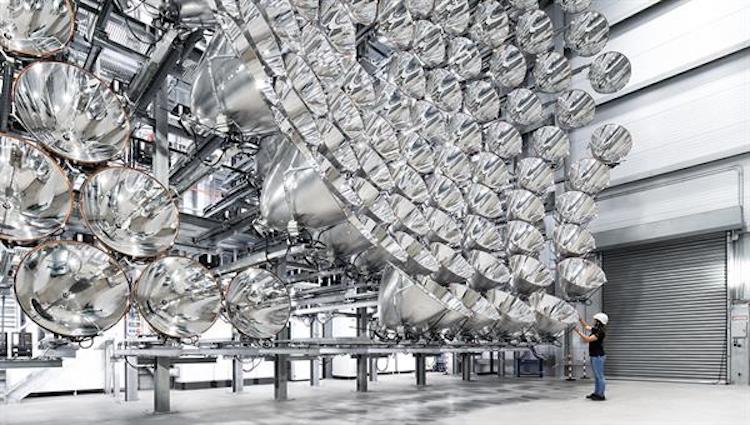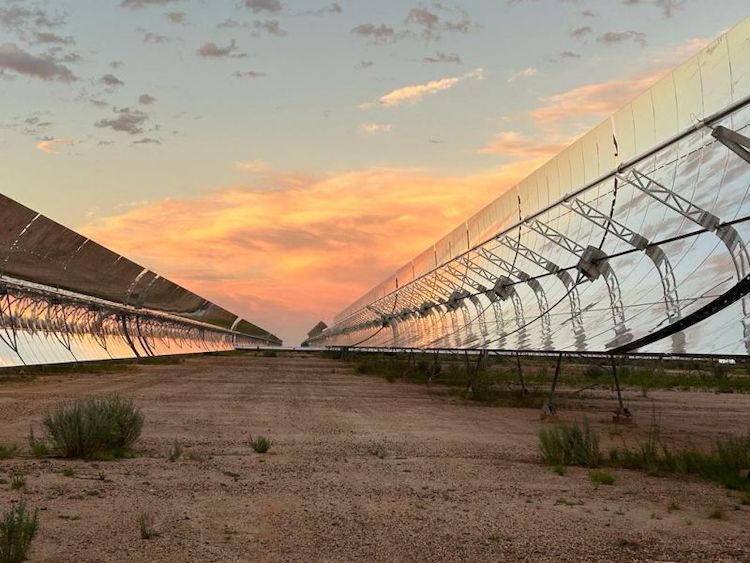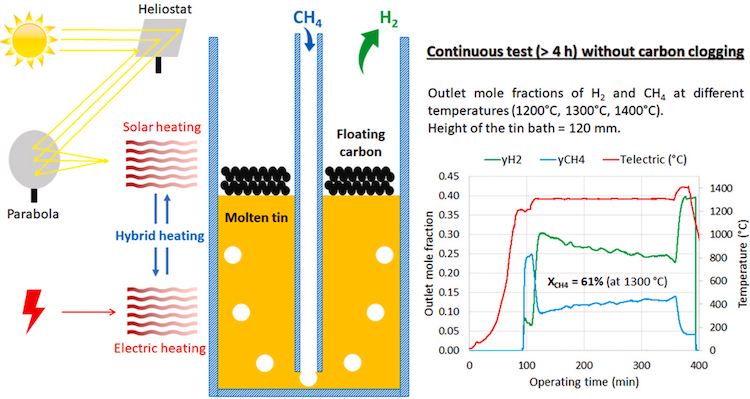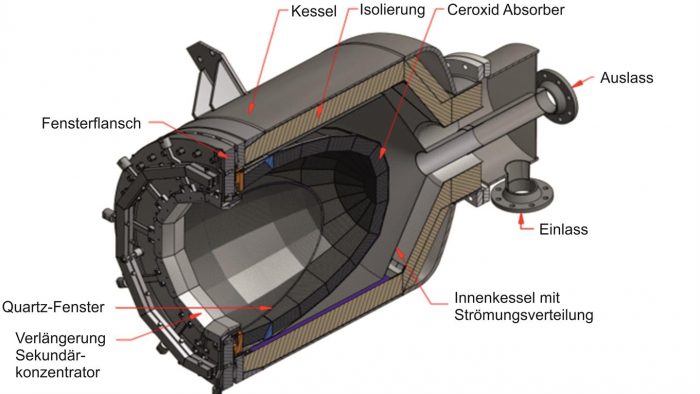Solar Energy Technologies Office The U.S. Department of Energy (DOE) Solar Energy Technologies Office (SETO) announced its intent to fund the Concentrating Solar Flux to Heat and Power funding opportunity, which will award up to $30 million for innovative projects that accelerate the large-scale development and deployment of concentrating solar-thermal power (CSP) technology. CSP technologies …
Continue reading “DOE’s $30 million funding to advance solar fuels from concentrated solar”











